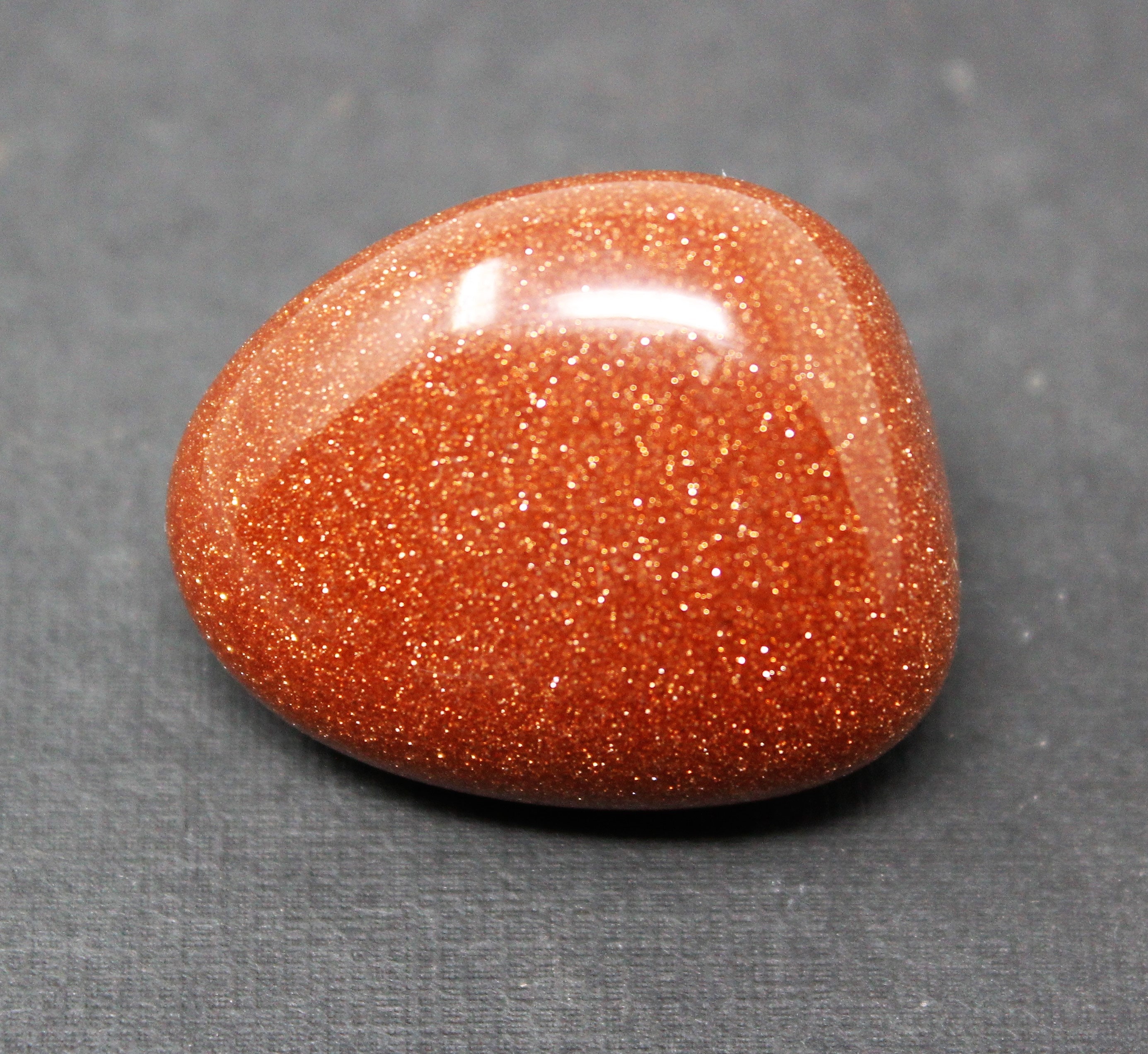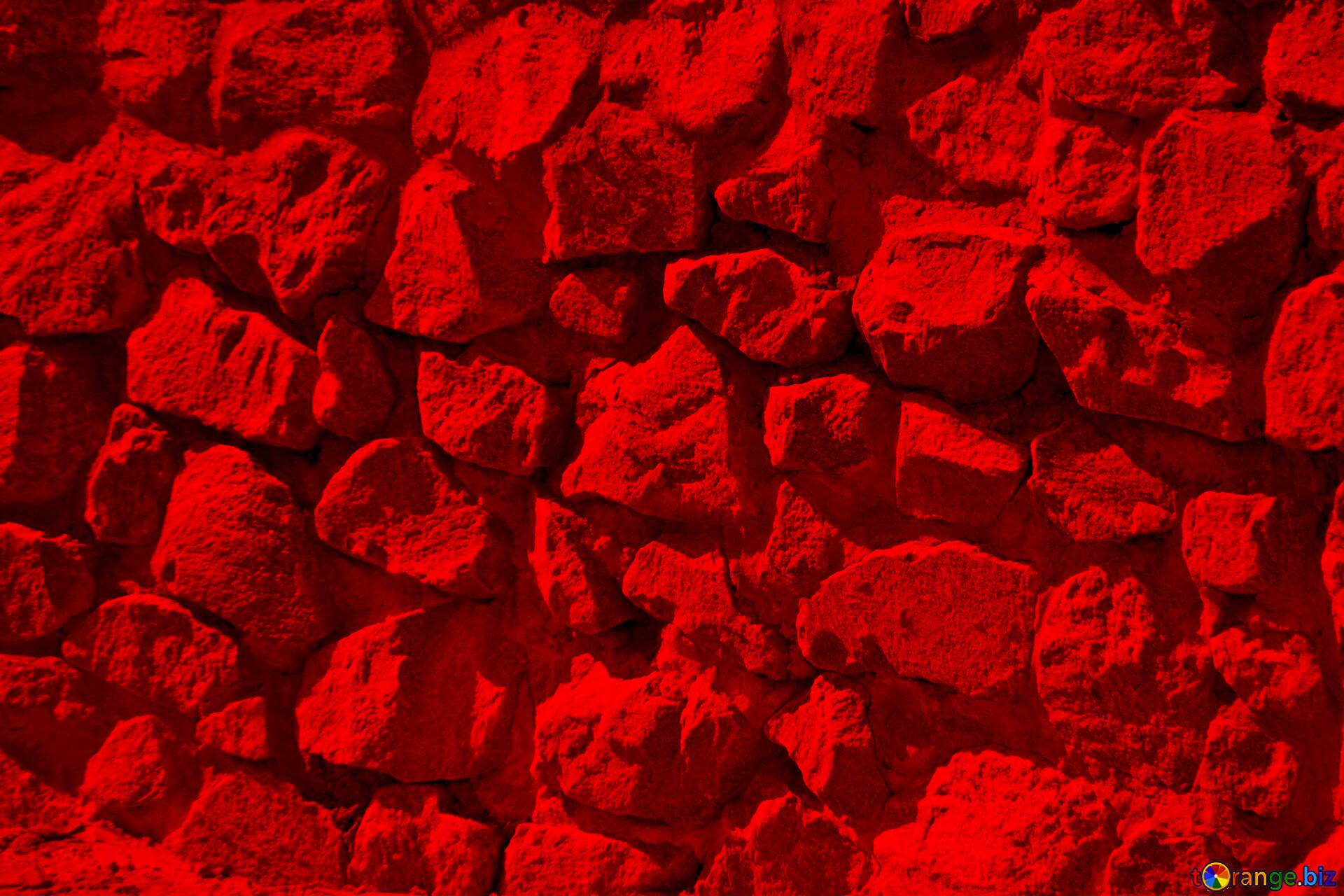The History and Origin of Roje Stona

Roje Stona, a traditional musical instrument from the Balkans, has a rich history deeply intertwined with the cultural heritage of the region. Its origins can be traced back to ancient times, where its unique sound and construction played a significant role in shaping the musical landscape of the Balkans.
The Historical Significance of Roje Stona
Roje Stona holds significant historical importance in the Balkans, serving as a symbol of cultural identity and tradition. Its origins are deeply rooted in the region’s rich musical heritage, and its evolution has been influenced by various cultural and social factors.
Timeline of Key Events and Developments
The development of Roje Stona can be traced through a series of key events and developments.
- Ancient Origins: The origins of Roje Stona can be traced back to ancient times, where similar instruments were used in various cultures across the Balkans. These early instruments were often made from simple materials such as wood and animal skin.
- Medieval Period: During the medieval period, Roje Stona underwent significant development, with improvements in construction and design. This period saw the emergence of distinct regional variations of the instrument, reflecting the diverse musical traditions of the Balkans.
- Ottoman Influence: The Ottoman Empire’s influence on the Balkans had a significant impact on the development of Roje Stona. The introduction of new musical concepts and instruments from the Ottoman Empire led to the incorporation of new elements into the construction and playing style of Roje Stona.
- Modern Era: In the modern era, Roje Stona continues to be an integral part of Balkan musical traditions. Its use has been revitalized in recent decades, with musicians and ensembles exploring new ways to incorporate the instrument into contemporary musical styles.
Cultural and Social Factors Shaping Roje Stona
The development of Roje Stona has been shaped by a complex interplay of cultural and social factors.
- Folk Music Traditions: Roje Stona has always been closely associated with folk music traditions in the Balkans. Its unique sound and playing style have made it a popular instrument for traditional dances and songs.
- Religious Influences: Religious traditions have also played a role in shaping the development of Roje Stona. In some regions, the instrument has been used in religious ceremonies and rituals.
- Social Gatherings: Roje Stona has been a staple instrument at social gatherings, such as weddings, festivals, and celebrations. Its vibrant sound and energetic rhythms have made it a popular choice for creating a festive atmosphere.
- Oral Transmission: The transmission of knowledge about Roje Stona has traditionally been through oral means, with skilled musicians passing on their knowledge and techniques to younger generations.
The Physical Characteristics and Features of Roje Stona

Roje Stona, a geological marvel, boasts a unique set of physical characteristics and features that distinguish it from other rock formations. These features are a testament to the complex geological processes that shaped this natural wonder.
Geographical Location and Topography, Roje stona
Roje Stona is located in the [Insert Location Name], a region known for its diverse topography. The rock formation is situated in a [Insert Terrain Description] area, characterized by [Insert Specific Topographical Features]. The surrounding landscape contributes to the overall aesthetic appeal of Roje Stona, creating a dramatic and visually captivating scene.
Geological Composition and Formation
Roje Stona is primarily composed of [Insert Rock Type], a type of rock known for its [Insert Key Properties of Rock Type]. The formation of Roje Stona is attributed to [Insert Geological Process], which occurred over [Insert Time Period]. This process involved [Insert Specific Details of Geological Process], resulting in the unique shape and structure of the rock formation.
Unique Physical Characteristics and Features
Roje Stona exhibits several distinctive physical characteristics and features. These include:
- [Insert Feature 1]: [Insert Detailed Description of Feature 1, including its significance or role in the overall formation.]
- [Insert Feature 2]: [Insert Detailed Description of Feature 2, including its significance or role in the overall formation.]
- [Insert Feature 3]: [Insert Detailed Description of Feature 3, including its significance or role in the overall formation.]
The Cultural and Social Significance of Roje Stona
Roje Stona holds a significant place in the cultural and social fabric of the communities where it is found. It is more than just a geological formation; it is a symbol of heritage, identity, and shared history.
The Role of Roje Stona in Community Life
Roje Stona has played a crucial role in shaping the lives of local communities. Its presence has influenced various aspects of their daily life, from traditional practices to social interactions.
- Resource for Building and Construction: The durable and resilient nature of Roje Stona has made it a valuable resource for building and construction. Local communities have utilized it to construct homes, barns, and other structures, contributing to the unique architectural landscape of the region.
- Source of Artistic Inspiration: The distinctive patterns and textures of Roje Stona have inspired local artists and craftspeople. It has been incorporated into various art forms, including sculptures, carvings, and pottery, reflecting the artistic sensibilities of the community.
- Focal Point for Social Gatherings: Roje Stona often serves as a focal point for social gatherings and community events. Its presence provides a natural gathering space where people can come together, share stories, and strengthen their bonds.
The Symbolism of Roje Stona
Beyond its practical uses, Roje Stona carries deep symbolism and meaning within the cultural landscape. It represents various aspects of the community’s identity and worldview.
- Endurance and Resilience: The enduring nature of Roje Stona symbolizes the resilience and strength of the local community. It has weathered the test of time, standing as a testament to the enduring spirit of the people who have lived in its shadow.
- Connection to the Land: Roje Stona serves as a tangible reminder of the community’s deep connection to the land. Its presence anchors them to their roots and provides a sense of belonging to a specific place.
- Shared History and Heritage: The presence of Roje Stona across generations has fostered a sense of shared history and heritage. It serves as a link to the past, reminding the community of their ancestors and the traditions they have inherited.
The whispers surrounding Roje Stona have always been tinged with a strange, almost unsettling, curiosity. Some say he holds the key to unlocking ancient secrets, others claim he walks a path unseen by mortal eyes. Perhaps his connection to the 400 m final men holds the answer, a race where time itself seems to bend to his will.
But the truth about Roje Stona, like the whispers themselves, remains elusive, a riddle waiting to be solved.
Roje Stona, a name whispered in hushed tones amongst the elders of the village, was said to be a place of both immense beauty and chilling mystery. Legends spoke of ancient rituals performed there, of a connection to a power that lay beyond human comprehension.
Some say that the very air crackled with a strange energy, a tangible reminder of the forces at play. The stories, though fantastical, resonated with a truth that drew people to the site, much like the thrill of the steeplechase olympics draws athletes to push their limits.
The allure of Roje Stona, however, held a different kind of pull, one that whispered of secrets waiting to be unveiled, of answers hidden within the very fabric of the earth.
